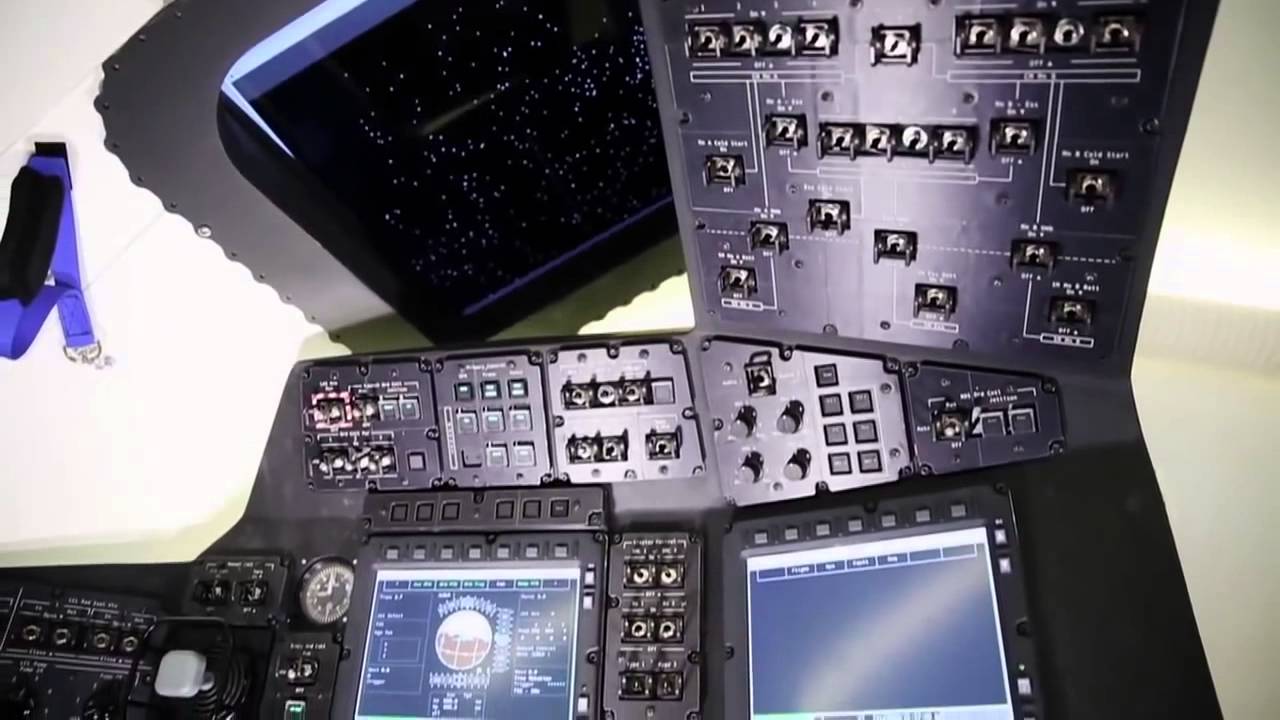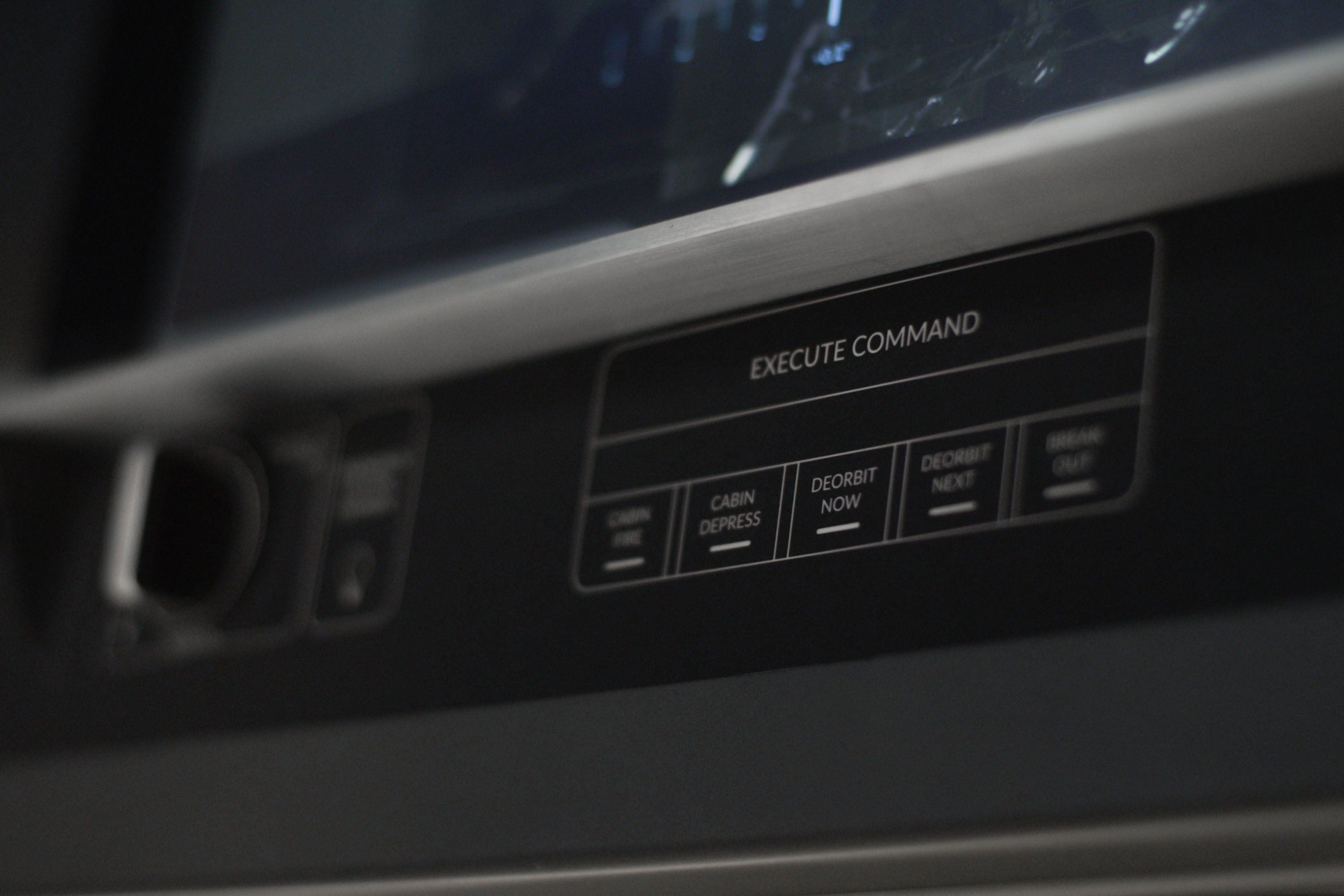SpaceX showed a fragment of the control interface of the spaceship Dragon 2

As everyone
For example, a company uses common and cheap microelectronic components of an industrial reliability class instead of expensive aerospace-class components, and solves problems with stability by redundancy. Sometimes instead of radiation-resistant components, cheaper rad-tolerant solutions are used, designed to work correctly when errors occur.
Or another example: spacecraft and launch vehicle computers do not work on any specialized proprietary expensive solution, but use a customized version of Linux, and the code is written in ordinary C \ C ++ using standard libraries (STL) and tools (gcc, clang, gdb, valgrind). Service systems, start control, diagnostics, etc. generally written in Go, Python, and C #. This approach allows you to quickly train software developers, save on testing and use proven technologies, drastically reducing costs and increasing efficiency.
Well, this time the company decided to turn to the experience of game developers.
At the ongoing Game Developers Conference 2016, SpaceX showed a video with a fragment of the current interface of the spacecraft
The video shows a simulation of the operation of the interface for manual docking of the spacecraft with the ISS in the case when the ship looks in the wrong direction, the axes of the docking nodes are not aligned, and the ship rotates slightly.
The video was presented as part of the report “Building Crew Interfaces for a 21st Century Spacecraft”. In a report, Matthew Monson, Head of Dragon Software, talked about creating a user interface for the new spacecraft.
One of the features of Dragon 2 was the control panel: Instead of a set of indicators, displays and buttons, SpaceX decided to use large screens with a touch screen, and reduce the number of physical buttons to a minimum.

Frame from the presentation of Dragon 2. Apparently, the final version will look something like this.
Since the ship is created with the expectation of full automation of the flight at all stages, most of the time the crew plays the role of simple observers, and intervenes in the control of the ship only in case of emergency situations. Moreover, in some flight modes, for example, when launching a spacecraft into orbit, some complicated control is completely impossible due to the effect of overloads on crew members. Based on these considerations, the developers decided instead of using the traditional button interfaces used in aviation and astronautics, to make the control interface more like a picture from a computer game. The new interface was created as a simpler and visually clean alternative to classic solutions.

Classic Dragon Competitor Management Interface - Boeing Starliner Spaceship
It is worth noting that the use of screens with a touchscreen gives a lot of delicious buns:
First, the training of new crew members is greatly simplified and the entry threshold is reduced.
Secondly, the circuitry of the control panel is greatly simplified, its weight and dimensions are reduced.
Thirdly, reliability is virtually free of charge due to the redundancy of controls due to the use of several identical screens.
Fourth, oddly enough, the displays themselves with touchscreens are much cheaper than a scattering of indicators and buttons.
Fifthly, the absence of the need for specialized hardware greatly simplifies development and testing (flight software can be run on a regular computer), and decoupling from iron buttons and indicators allows you to quickly develop and change functionality (as, for example, this is done for Tesla cars )

Tesla cars use a similar approach - most of the display and control elements are not two displays in the cabin, one of which is equipped with a touchscreen
The screen interface itself works on the basis of chromium (yes, in this place my jaw dropped to the floor) and uses standard web technologies. As iron, according to rumors, an analogue of the panel from Tesla is used, on the SoC solution from Nvidia. In addition to docking, the interface allows you to plan the trajectory of the ship, carry out orientation through recognition of star patterns, perform diagnostics, and manage communications. Matt Monson also noted that for emergency situations, some physical controls will be present in the ship.
When asked about the convenience of working with interfaces in the spacesuit gloves, Matt replied that they actively monitor this issue and testers do not experience problems when working in gloves.

Physical buttons under the main displays
In addition, the speaker explained why he made this report at the conference of game developers: SpaceX now has a large number of developers from the gaming (and just software industry), this allows you to effectively exchange ideas and learn more effectively. Game developers have specific skills (for example, the habit of saving memory or optimizing algorithms) that are useful for working in the aerospace industry. For example, at 60 frames per second, the developer has only 16ms left for the algorithms to work, and this very much resembles the limitations of real-time operating systems used in spacecraft. Plus, game developers usually have experience working effectively in large teams with large projects and hard deadlines.

General view of the control panel. The displays show another mode of operation of the interface (similar to the mode of approximation with the station).
Some slides from the report are available in the gallery on imgur .
Retelling of the report
Video presentation of the interior of the ship
